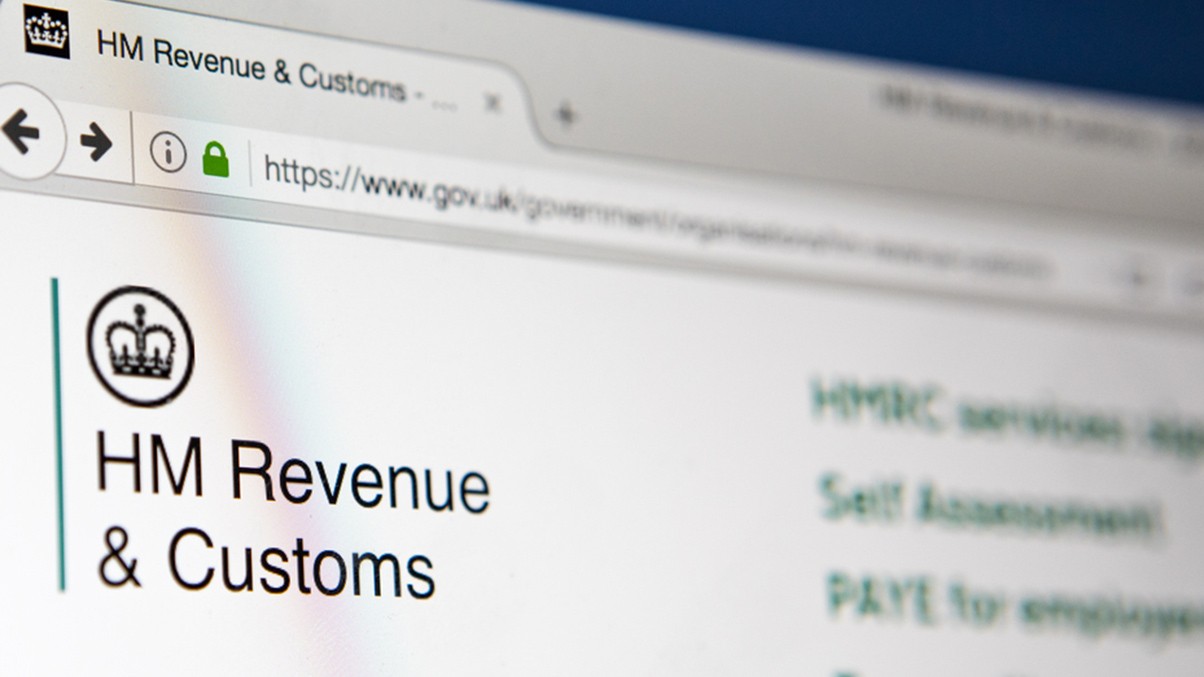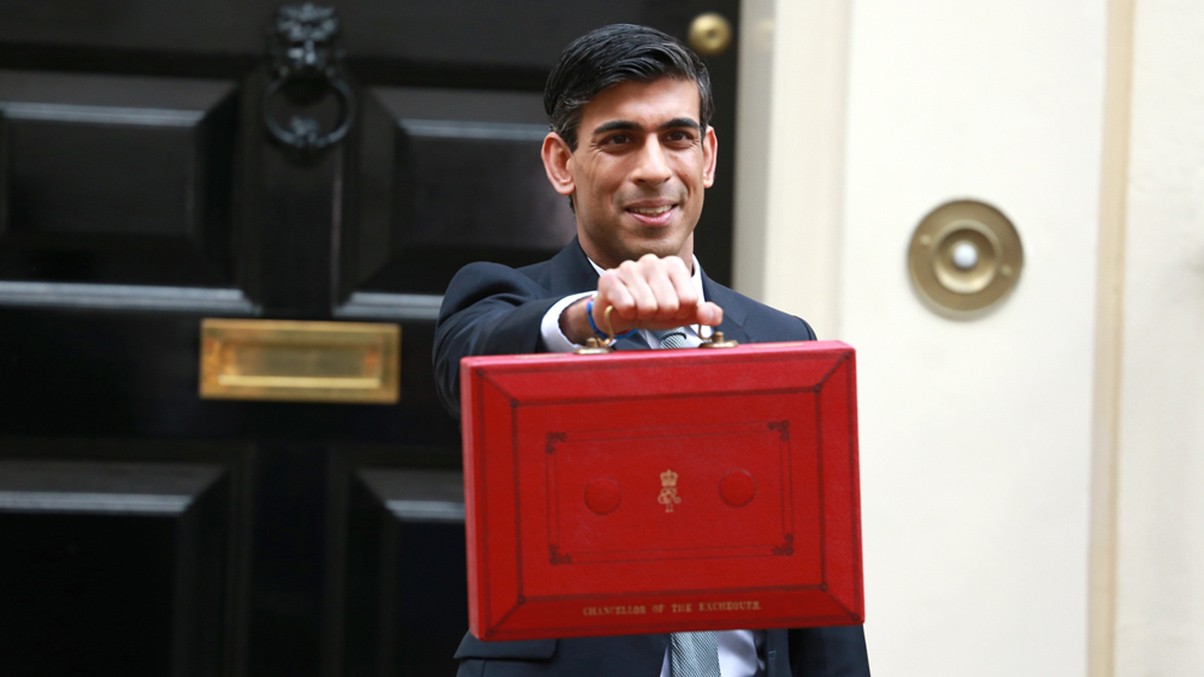After the establishment of a new team within HM Revenue & Customs to address tax avoidance schemes, Sarah Stenton and Lisa Vanderheide write for Bloomberg Tax to consider whether the UK tax authority is about to throw a lifeline to investors in such schemes.
As part of a much wider “shake-up” within HM Revenue & Customs’ (HMRC’s) Counter Avoidance Directorate (CAD), a new team has emerged led by senior, experienced investigators. This team has come together to help investors struggling to settle their tax liabilities in relation to their past participation in tax avoidance schemes.
HMRC’s historical approach to tax avoidance
To put this shake-up into context, it is useful to look at past HMRC behavior on tax avoidance. HMRC has historically taken a rigid approach to both the pursuit and settlement of tax avoidance schemes where they believed the planning did not work or the planning had been successfully challenged in the UK tax courts.
HMRC would invariably require investors to settle for the full amount of tax and accrued late payment interest. For many investors, this has proved impossible, particularly in the past 12 months due to Covid-19 pressures.
HMRC has previously, within certain parameters, allowed tax avoidance settlements to be paid off over a period of time. However, such payment arrangements tended to be limited in terms of their time frames and flexibility.
More recently, HMRC has allowed investors at least five years, if required, to settle their tax and late payment interest bill, with little to no questions asked, and HMRC has rarely demanded an upfront payment. However, such settlements came with an extra cost, forward interest. Forward interest was charged to compensate HMRC for the extra risk and cost involved in agreeing extended payment plans. Effectively, HMRC charged interest on interest.
Such settlements did not and could not deal with those investors who would never be able to pay their tax and interest bill, however many years HMRC offered them under a payment plan. Typically, an investor in a tax avoidance scheme would be someone at the height of their career and earning power, such as a banker or footballer, among many others. Those same investors are now long since retired or, at the very least, do not have the earning potential they once had.
Put simply, HMRC has always operated under strict instructions to collect the full amount of tax and there was not a defined process for the negotiation of substandard settlements (a substandard settlement is basically a settlement for less than the full amount of tax and interest, and penalties where appropriate). Something had to change to avoid the widespread bankruptcy of investors in tax avoidance schemes.
The turning point
The introduction of the 2019 Loan Charge (announced in 2016) is seen by many as a turning point in public opinion. The 2019 Loan Charge seeks to charge all (previously untaxed) loans received under a “disguised remuneration” tax avoidance scheme.
It was met with considerable resistance by many in the tax and legal community, not least by those directly affected. Many challenged it and continue to challenge it on the basis that it is retrospective legislation. It introduces a new tax charge on individuals whom HMRC was previously time-barred from pursuing. The 2019 Loan Charge is seen as a means by which HMRC affords itself a “second bite of the tax cherry.”
More concerning, however, was HMRC’s apparent audacity to group all investors together as “collective tax avoiders” and, in the process, adopt a one-size-fits-all approach to settlements. This approach was severely curtailed by the Morse Review into the Loan Charge, which clipped HMRC’s wings and, among other things, questioned HMRC’s approach to settling old tax avoidance schemes.
HMRC to throw a lifeline
It has been a lengthy process (arguably assisted by the challenges of the Covid-19 pandemic), but senior personnel in HMRC’s CAD now recognize that investors cannot be grouped together and targeted as a collective. Consideration needs to be given on an individual case-by-case basis.
HMRC also recognizes that many investors avoid entering into a dialogue with HMRC about the settlement of their tax avoidance arrangements because it is unlikely they would ever be able to meet the full tax and interest liability, even if this is spread out over a period of time under a payment arrangement acceptable to HMRC.
To address the issue, HMRC is taking a fresh view. To encourage investors to come forward, HMRC is willing to discuss means-based settlements, which may result in substandard settlements for certain investors.
Legal backdrop—HMRC’s litigation and settlement strategy
HMRC’s Litigation and Settlement Strategy (LSS) is the framework within which HMRC resolves tax disputes. This states “Tax disputes must, in all cases, be resolved in accordance with the law.” It was introduced in 2007 in response to criticism of HMRC entering into “sweetheart deals” with large corporates. While the LSS is, at face value, restrictive in the context of substandard settlements, there are references to certain discretions that may be applied in the right circumstances.
The LSS states “HMRC seeks to secure the best practicable return for the Exchequer, without going through the expense and uncertainty of taking the case to court.” It talks of ongoing dialogue with taxpayers as being key to the successful resolution of a tax dispute.
The LSS also refers to “HMRC’s legal powers of collection and management,” which dictates that there may be “circumstances where HMRC can or is asked to exercise its discretionary powers of collection and management.”
Perhaps the most pivotal section of the LSS is paragraph 17, which states:
“Where a dispute is subject to a governance board decision and an offer in settlement of the dispute has been made which HMRC considers to the substandard, specialist insolvency advice should be sought…[and] the governance board may agree to the substandard offer. This would meet the requirement for HMRC to pursue the maximum revenue at least cost.”
This allows for the discretion needed to underpin this fresh approach to be taken by HMRC.
Why is HMRC suddenly applying LSS nuances now?
The subject of tax avoidance schemes is an emotive one. This is because tax avoidance relies not only on investors but also on promoters who sell or market such schemes. Until recently, emphasis has been on investors, both in the context of HMRC action and media coverage. However, there appears now to be a subtle shift in the general tax avoidance rhetoric where the spotlight is now firmly on promoters, i.e. those that promoted and continue to promote such schemes.
It is arguably a hard push to say the public has sympathy towards tax avoiders, although there is certainly a detection of empathy. This is echoed in more recent HMRC commentary. HMRC’s corporate report, “Use of marketed tax avoidance schemes in the UK” (March 17, 2021), appears to support a “softening” in rhetoric for individuals caught by tax avoidance schemes. The report talks of a need to warn individuals against succumbing to “unscrupulous promoters”. It refers to the public anger toward the people that market these schemes, and in particular mentions National Health Service workers, who have been victims of such schemes.
Where does this leave investors?
The amount of tax the UK loses to avoidance has fallen by around a half since 2015, suggesting that there is less appetite for people to participate in tax avoidance schemes. Perhaps, lessons have been learned. However, there is a huge community of investors who participated in tax avoidance schemes back in their heyday in the early 2000s who are stuck with a problem with, until now, no obvious way forward.
Through the new team created within CAD, HMRC is now committed to looking at individuals on a case-by-case basis. It recognizes that everyone has a different set of circumstances, and everyone is facing their own struggles, be it financial or otherwise. The purpose of the team is to introduce a more pragmatic approach to settlements, which paves the way for a sensible conversation with HMRC about what is owed versus what can be paid.
What is the “opportunity”?
HMRC will consider each case individually, and where an investor is found to have the means to finance a settlement, HMRC will pursue this. This is an opportunity for investors who cannot pay HMRC what they owe to agree a settlement with HMRC based on their financial circumstances. This may involve the payment of less tax than they strictly owe; HMRC has made it clear that it does not want to make investors destitute.
Planning points
- A starting point should be to quantify the amount of tax and late payment interest due. Investors should ask HMRC for “settlement calculations” as this will provide the most comprehensive indication of overall exposure.
- Consider what income can be raised by liquidating assets within a realistic time frame and keep documentation to support any attempts to raise monies. HMRC is likely to ask for this in circumstances where a substandard settlement offer is put forward. HMRC will not necessarily expect investors to sell their homes.
- Consider mapping out a monthly income and expenditure account to determine how much, if any, disposable income is available to fund a long-term payment plan with HMRC. Any deficiencies will be clearly visible to HMRC, who should not pursue an unachievable long-term payment plan.
- Engage with HMRC at the earliest opportunity. All settlement discussions are on a without prejudice basis (i.e. will not weaken an individual’s position) until a settlement is formally agreed in writing.
This article first appeared in Bloomberg Tax. Click here to view the original.
You can find further information regarding our expertise, experience and team on our Tax Litigation and Resolution page.
If you require assistance from our team, please contact us or request a call back from one of our lawyers by submitting this form.
Subscribe – In order to receive our news straight to your inbox, subscribe here. Our newsletters are sent no more than once a month.





